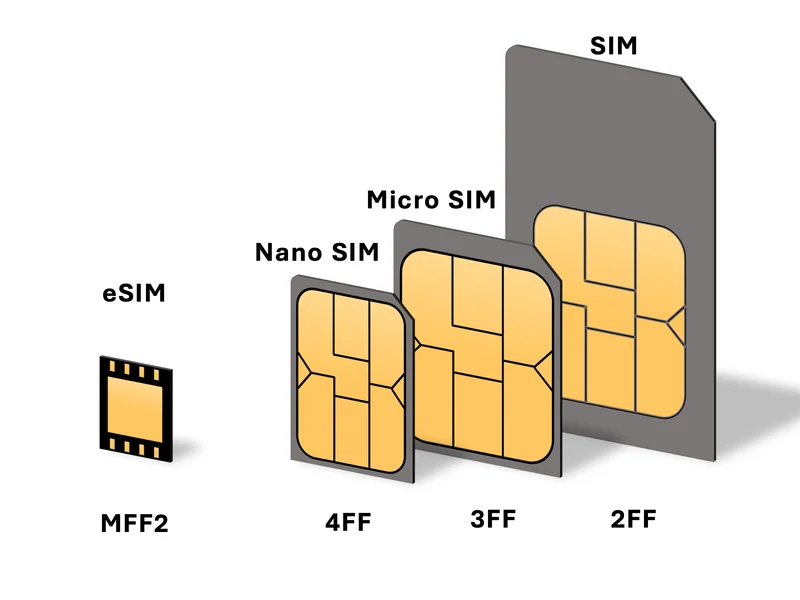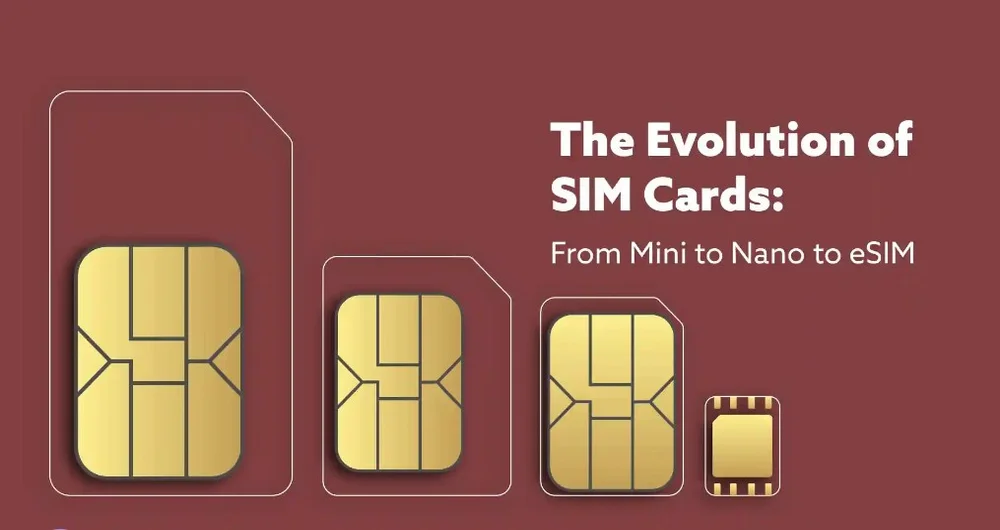Thailland News
Thailand eSIM and History of the SIM Card Over Time
Visitor Assessment: From dated SIMs the size of a Mastercard to the cutting-edge eSIM for Thailand that needn’t bother with an actual card by any stretch of the imagination, the innovation has developed extensively since it made its presence in the mid-1990s. Here is a gander at the principal progress in SIM card innovation and at a few future turns of events.
The origins of the SIM card
The essential idea of integrating a silicon-coordinated circuit chip into a plastic card dates back to the 1960s. Nonetheless, the principal business supporter character module or SIM was just presented in 1991, simultaneously as the Worldwide Framework for Versatile Correspondences (GSM) was executed in Finland. The SIM was created by Germany’s Giesecke+Devrient to offer secure admittance to the versatile organization. The organization at first sold 300 of the cards to Radiolinja, a Finnish remote organization administrator, which sent off the principal GSM organization. In those days, the SIM was the size of a Visa and had 4 KB of memory space. In correlation, present-day SIM cards have between 8 KB and 256 KB of memory.

Key SIM advancements
Following the send-off of the SIM, one of the key advancements came four years after the fact with the SIM Tool compartment, which permitted the SIM to speak with the client and the organization.
One more development of the SIM occurred in 1996 with the send-off of the smaller-than-usual SIM. Presently called the standard SIM, the smaller than usual came in at 15 mm x 25 mm, which fundamentally shrank down the first charge card size form (around 54 mm x 86 mm). In 2010, the miniature SIM showed up in the iPhone 4, which was the first cell phone to help the more modest variant. The miniature SIM estimates 12 mm x 15 mm. The SIM shrank much more modestly in 2012, when the nano SIM appeared. Most current telephones actually utilize the nano rendition, which estimates 8.8 mm x 12.3 mm.
Something critical to note is that while the size of the SIM has diminished throughout the long term, the genuine chip continues as before size. The decreases have been in the size of the plastic boundary. Thus, the nano was pared down to basically the chip without a boundary. In addition to other things, a more modest SIM card implies a more modest opening is required in the telephone, opening up space for different parts.
A further advancement to make reference to is the improvement of gadgets with double SIM usefulness. This permits two SIM cards to be embedded into similar telephones, empowering the client to switch between portable organizations. This enjoys a few benefits, for example, having separate work and confidential telephone numbers and having the option to add a neighborhood SIM for movement. Gadgets that help a double SIM have been around beginning around 2000, with the send-off of the Benefon Twin. Nokia, Samsung and Sony were among the creators to acquire double SIM-viable gadgets in 2010, while in 2018, Apple presented double SIM usefulness on its iPhone XS models.

The Fate of SIM Innovation
One of the really ongoing advancements in SIM cards has been the presentation of the implanted SIM (eSIM) or computerized SIM. In contrast to the past emphases, the computerized SIM requires no actual card. All things being equal, the SIM is inserted straightforwardly into the gadget. Presented in the Samsung Stuff S2 Exemplary 3G smartwatch in 2016, the advanced SIM has been getting momentum lately. They are currently highlighted in probably the most recent handsets of large name makers like Samsung and Google, in addition to the Apple iPhone XS and later models.
The computerized SIM enjoys a few benefits. For instance, as opposed to need to stress over buying an actual SIM to get portable information to utilize abroad, explorers with viable telephones can purchase an eSIM that is initiated somewhat through a QR code. Examining the code opens the arrangement, permitting the client to get to versatile information through a nearby organization. As well as accommodation, this offers added adaptability. For instance, voyagers can purchase an eSIM for Thailand or for the Asia area. This makes getting to the web while crossing borders far more straightforward. Travel eSIMs can likewise work close to an actual SIM card.
Conclusion
In general, the SIM card has progressed significantly since Giesecke+Devrient presented them in 1991. For sure, from those initial 300 cards worldwide, the SIM market has been conjectured to develop to around $9.1bn by 2030, up from $4.6 billion of 2022. As imaginative broadcast communications advancements have been presented, so too the SIM card has developed to stay up with expanding requests for availability, stockpiling and networking in a hurry.

